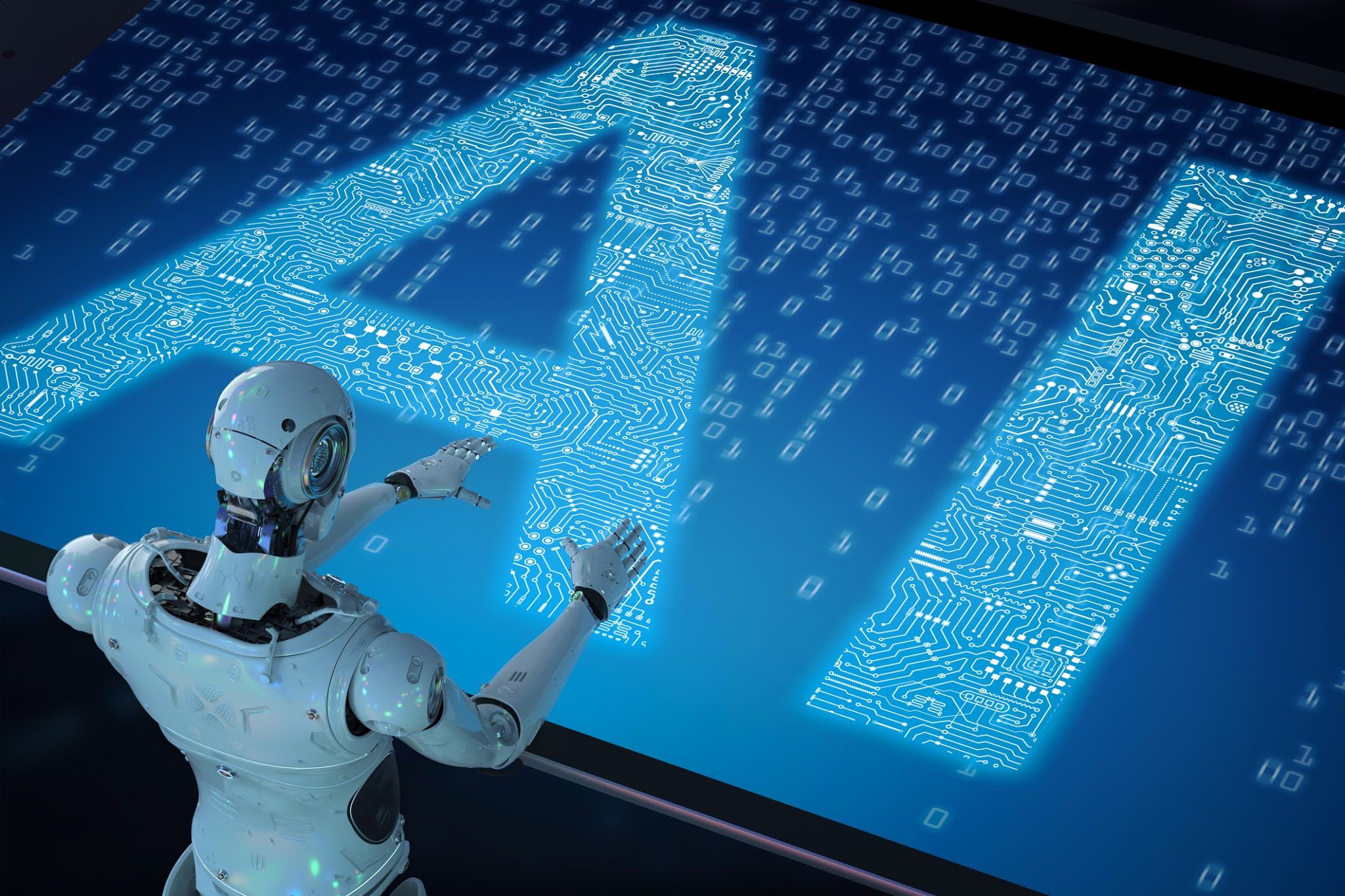The Rise of AI in Content Creation
Artificial intelligence (AI) has made remarkable strides in recent years, and one of the areas it’s transforming the most is content creation. From blog posts to videos, AI-generated content is becoming more prevalent across the internet. With tools that can generate text, images, audio, and even code, AI is reshaping how content is created, distributed, and consumed online. Whether you realize it or not, AI-generated content is already part of your daily digital experience.
How AI-Generated Content Works
AI content generation relies on machine learning algorithms, especially natural language processing (NLP) models. These models are trained on vast datasets containing examples of human-written content, allowing the AI to learn language patterns, context, and structure. Advanced AI models, like GPT (Generative Pre-trained Transformer) or DALL·E, can now generate coherent, contextually relevant, and often highly creative text and images.
The process generally involves feeding the AI model a prompt or topic, and the model generates a response or content piece based on the prompt. This content can range from blog articles, social media posts, and product descriptions to art, music, and more.
Where AI-Generated Content is Most Common
AI-generated content is already dominating several sectors on the internet. Here are a few key areas where AI is making the biggest impact:
- Blog Writing and Articles: Many websites now rely on AI tools to generate blog posts, news articles, and content for SEO (Search Engine Optimization). AI systems can produce entire articles or help writers by generating outlines, introductions, or expanding sections based on a given topic.
- Product Descriptions: E-commerce sites are increasingly using AI to write product descriptions, saving time and ensuring consistency across hundreds or even thousands of listings.
- Social Media Posts: AI tools are being used to craft engaging social media posts, write captions, and even reply to comments or messages, automating much of the social media management process.
- Image Generation: AI can now create high-quality, custom images based on text prompts, allowing marketers, designers, and creators to generate visuals without the need for photography or graphic design skills.
- Chatbots and Virtual Assistants: AI-driven chatbots are capable of engaging in realistic conversations, answering customer queries, and providing support, all powered by AI-generated responses.
The Benefits of AI-Generated Content
AI-generated content offers several advantages that are driving its adoption across industries. These include:
- Speed and Efficiency: AI can produce content in a fraction of the time it would take a human writer or designer, allowing businesses to scale their content creation efforts quickly.
- Cost-Effective: For companies and creators on a budget, AI-generated content can be an affordable alternative to hiring a full-time team of writers, designers, or marketers.
- Consistency: AI-generated content can maintain a consistent tone, style, and messaging, which is crucial for brand identity across various platforms.
- Personalization: AI systems can tailor content based on user data, making it possible to deliver personalized content at scale, improving customer engagement and satisfaction.
- Overcoming Writer’s Block: AI writing assistants can help human writers get past creative blocks by providing ideas, suggestions, or even full drafts to work from.
Challenges and Concerns
While the rise of AI-generated content presents numerous benefits, it also brings challenges and concerns:
- Quality Control: Although AI-generated content is improving, it’s not perfect. AI can still make mistakes, misunderstand context, or produce content that lacks depth or originality. Human oversight is essential to ensure quality.
- Ethical Issues: As AI-generated content becomes more prevalent, concerns about authenticity and transparency arise. Readers may not always know whether a piece of content was written by a human or an AI, raising questions about trust and credibility.
- Job Displacement: As AI takes over more content creation tasks, there are concerns that it could replace human writers, designers, and content creators, leading to job loss in these industries.
- Plagiarism and Copyright Issues: AI models are trained on existing content, which can sometimes lead to the inadvertent copying of phrases, structures, or ideas, raising potential legal issues regarding copyright and intellectual property.
The Future of AI-Generated Content
As AI technology continues to evolve, the role of AI-generated content on the internet will only expand. We can expect to see even more advanced models capable of producing highly nuanced and creative content that rivals human output. Additionally, AI will likely be integrated more deeply into content creation workflows, working alongside human creators rather than replacing them.
Ultimately, the future of AI-generated content is likely to be a collaboration between humans and machines. AI will handle the repetitive, data-driven tasks, freeing up human creators to focus on more complex, creative, and strategic work.
Final Thoughts
AI-generated content is rapidly transforming the digital landscape, offering new opportunities for efficiency, scale, and creativity. While it’s not without its challenges, the rise of AI in content creation is reshaping how we interact with and consume information on the internet. As this technology continues to evolve, it will be fascinating to see how AI and human creativity coexist and drive the future of online content.
